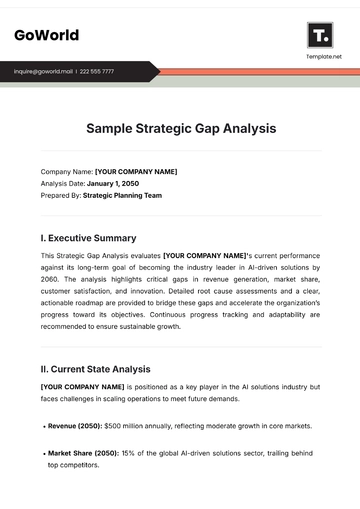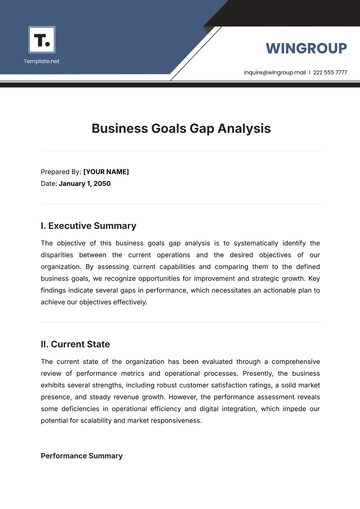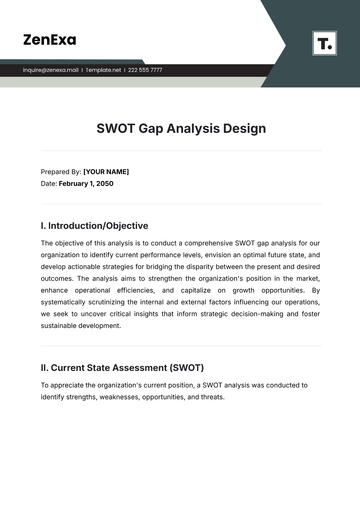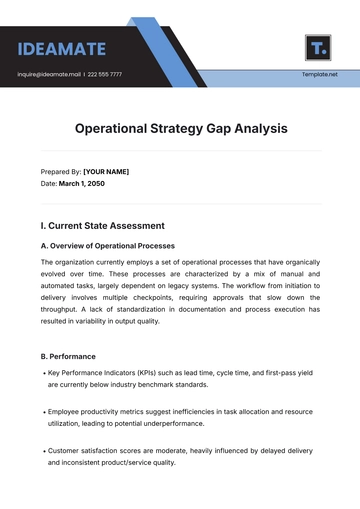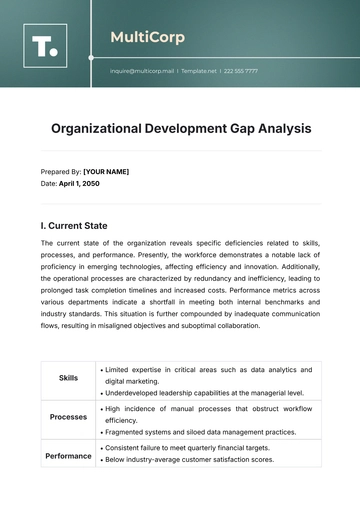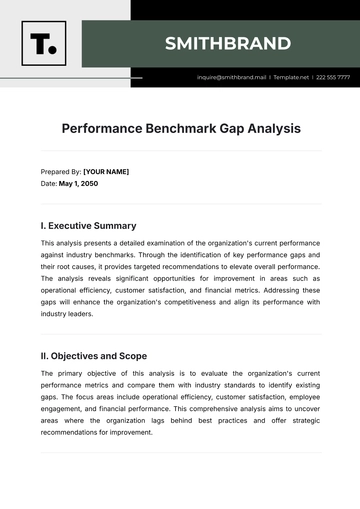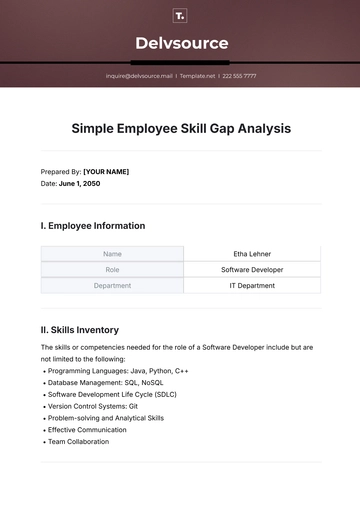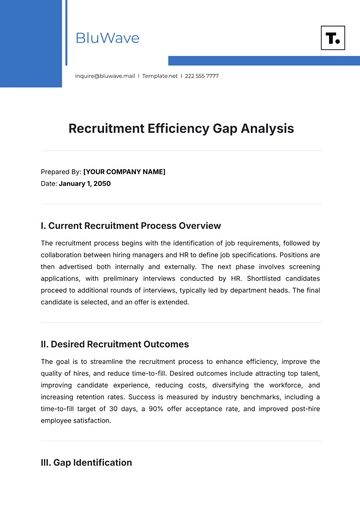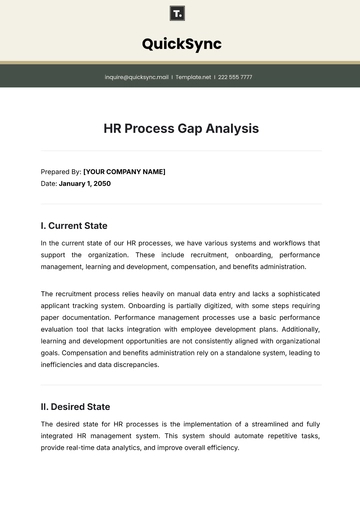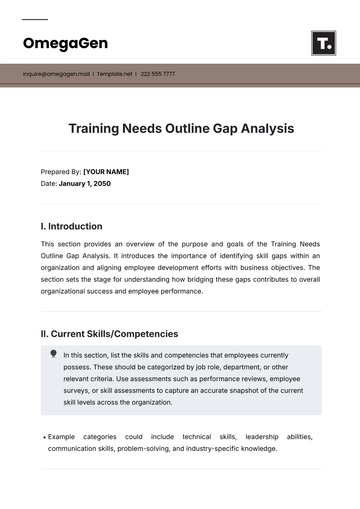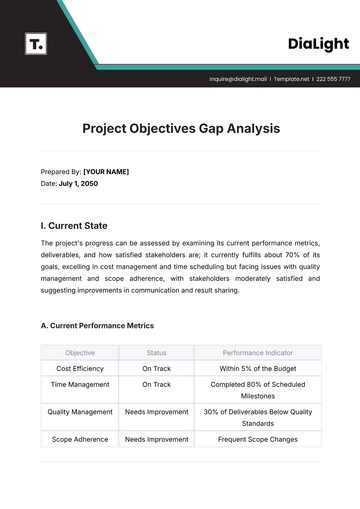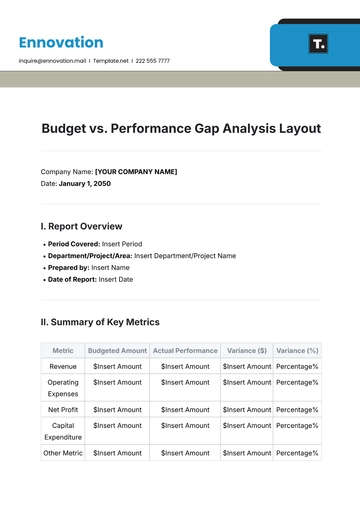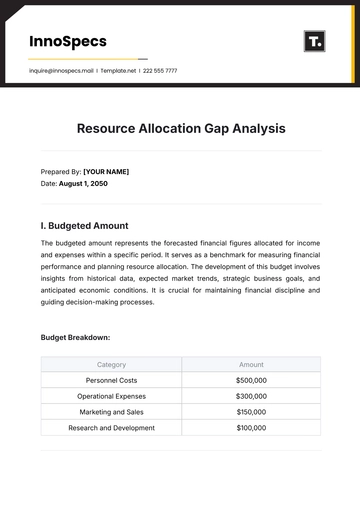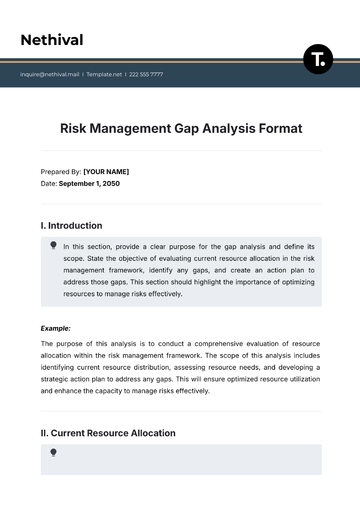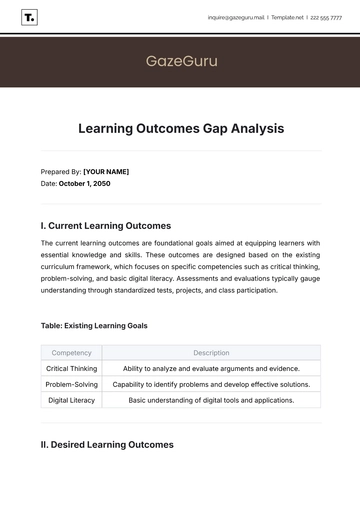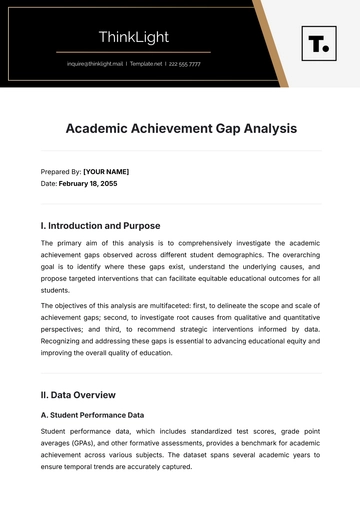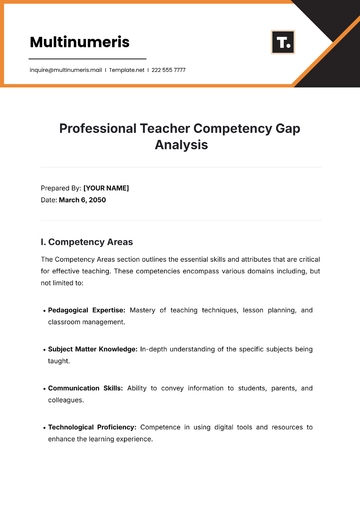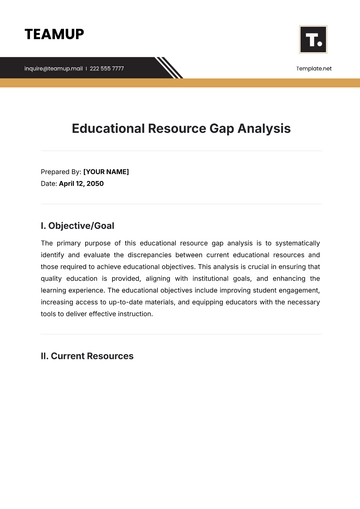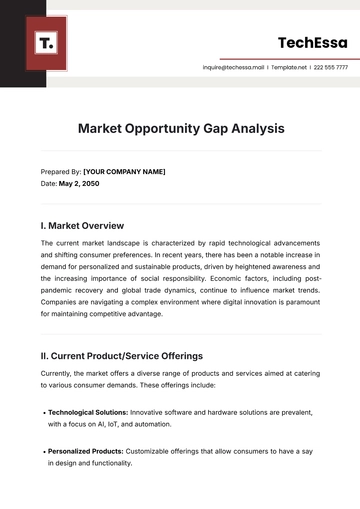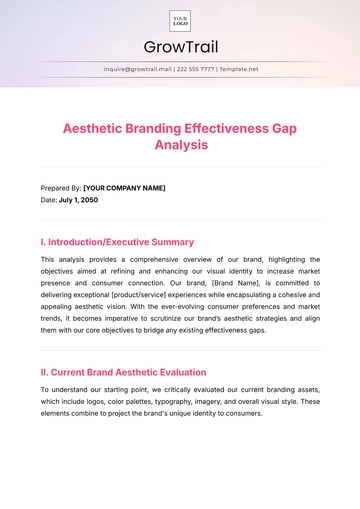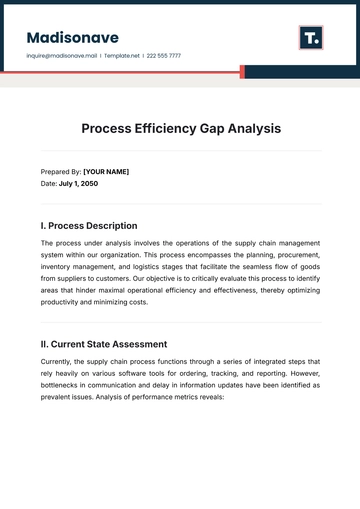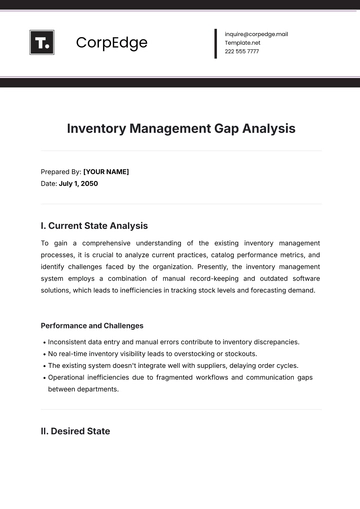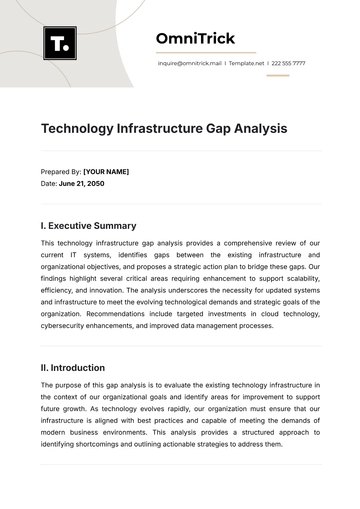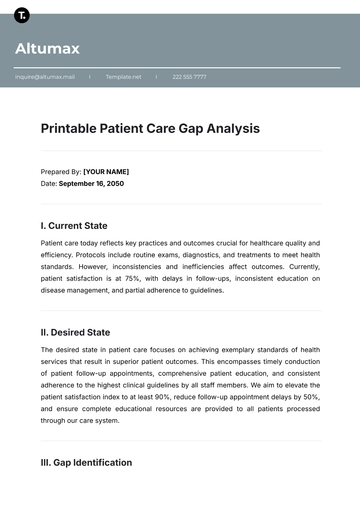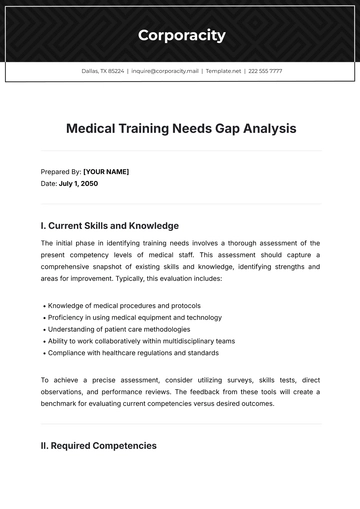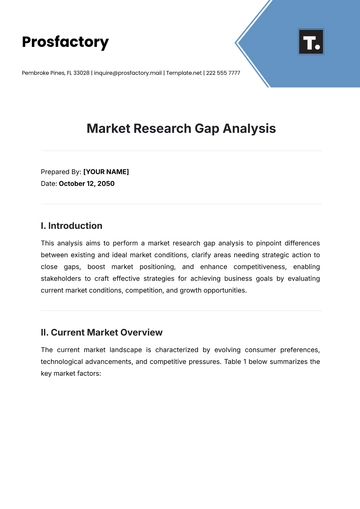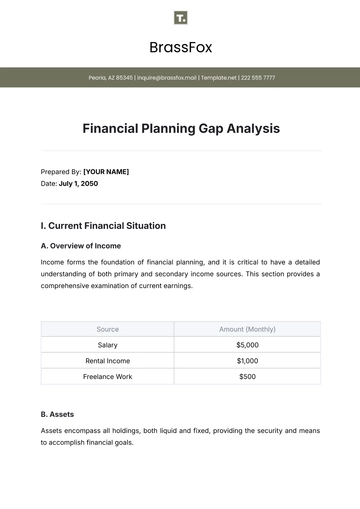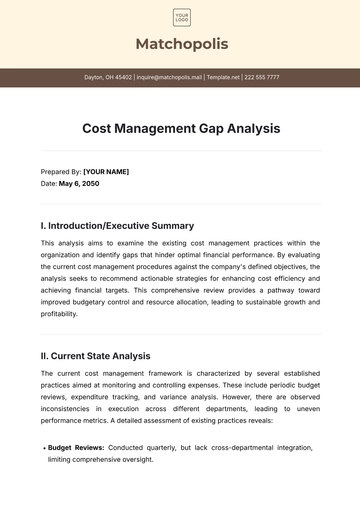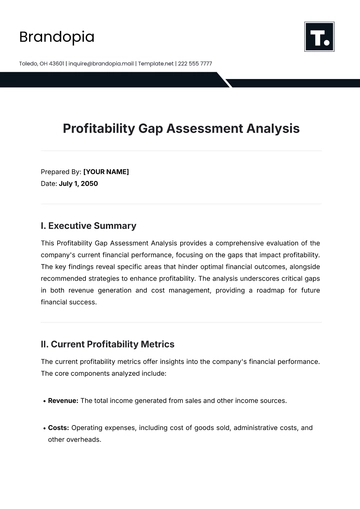Free Nursing Home Quality of Care Analysis
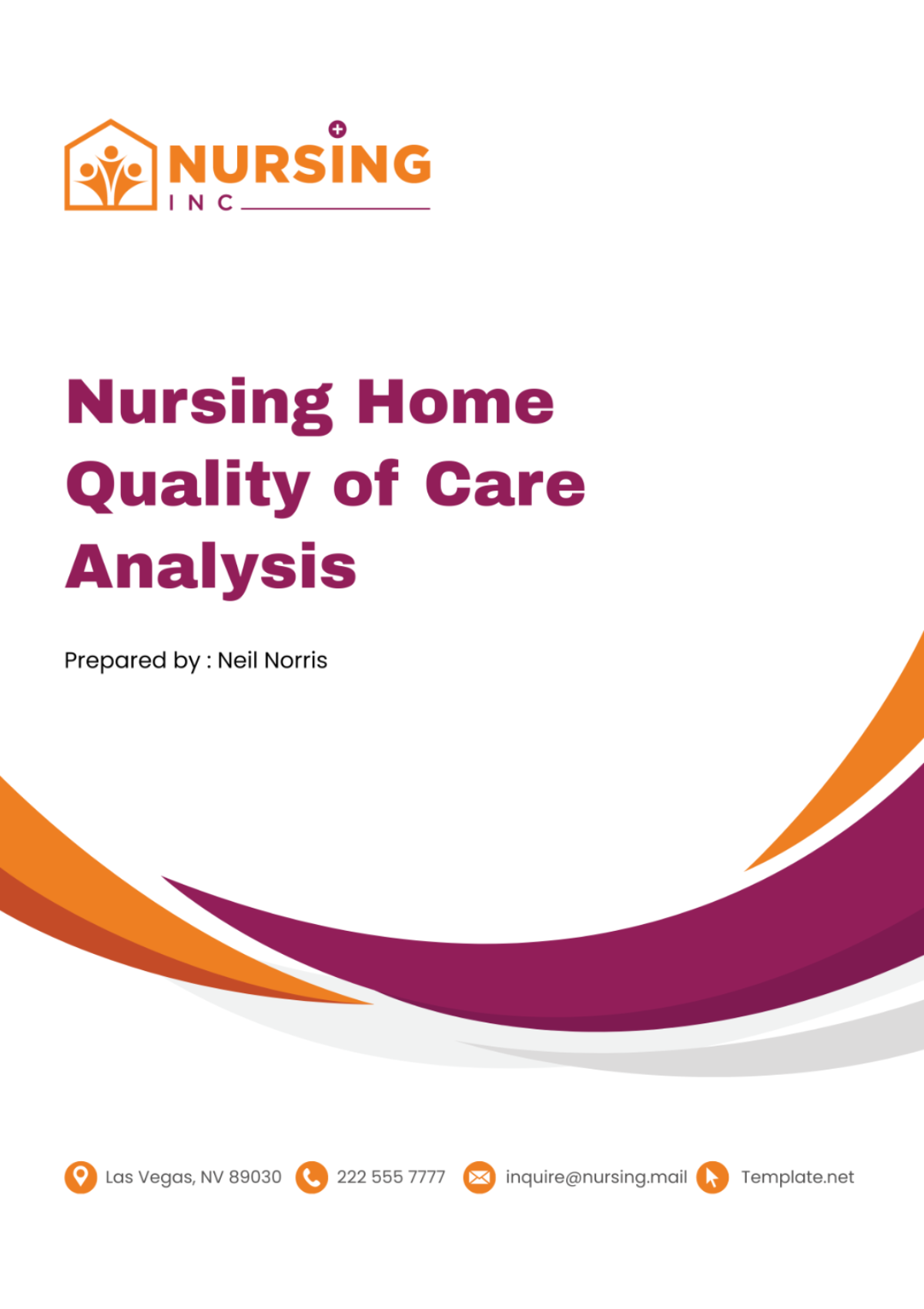
A. Introduction
Welcome to our comprehensive Nursing Home Quality of Care Analysis. In this evaluation, we delve into the core aspects of care delivery within nursing home facilities across the United States. Our primary focus is to assess the quality of care provided to residents, ensuring they receive the highest standard of support and services necessary for their well-being.
Throughout this analysis, we meticulously examine various components of care delivery, ranging from clinical practices and staffing levels to resident rights and advocacy. By scrutinizing these critical areas, we aim to identify any gaps or deficiencies in care provision and highlight opportunities for improvement. Our ultimate goal is to not only meet but exceed healthcare standards, guaranteeing that residents receive the compassionate and competent care they deserve.
B. Methodology
In carrying out this analysis, a systematic approach was adopted to investigate multiple aspects of care delivery in the nursing home. These key aspects include staffing levels and competency, clinical care practices, safety and risk management, quality of life, resident rights and advocacy, communication and care coordination, and regulatory compliance and quality improvement. For each aspect, a combination of data collection methods was used, including direct observation, surveys, interviews, and review of facility documentation.
C. Staffing Levels and Competency
A crucial determinant of nursing home care quality lies in the staffing levels and the competency of the personnel. Adequate staffing ensures residents receive timely assistance and care, while staff competency guarantees the delivery of high-quality services. In this section, we evaluate the staffing ratios and the qualifications of staff members to ensure they possess the necessary skills and knowledge to meet residents' needs effectively.
Staff Position | Average Staffing Ratio | Required Qualifications |
|---|---|---|
Registered Nurses | 1:10 residents | Must hold a valid RN license and maintain CPR certification |
Licensed Practical Nurses (LPNs) | 1:20 residents | Must hold a valid LPN license and maintain CPR certification |
Certified Nursing Assistants (CNAs) | 1:8 residents | Must have completed state-approved CNA training program |
Support Staff | Varied | Dependent on specific roles and responsibilities |
D. Clinical Care Practices
Clinical care practices are fundamental to ensuring the health and well-being of nursing home residents. This section examines various aspects of clinical care delivery, encompassing medical assessments, medication management, treatment protocols, and adherence to best practices.
1. Medical Assessments
a. Initial Assessments: Upon admission, residents undergo comprehensive initial assessments to evaluate their medical history, current health status, and care needs.
b. Periodic Assessments: Regular assessments are conducted to monitor residents' health status, identify changes in condition, and adjust care plans accordingly.
2. Medication Management
a. Administration Procedures: Strict protocols govern medication administration to ensure accuracy and prevent errors or adverse reactions.
b. Medication Reconciliation: Regular reconciliation of medication lists helps prevent medication discrepancies and ensures residents receive appropriate medications.
3. Treatment Protocols
a. Evidence-Based Practices: Clinical care follows evidence-based protocols to guide treatment decisions and promote optimal health outcomes.
b. Multidisciplinary Approaches: Collaborative efforts among healthcare professionals ensure comprehensive treatment plans that address residents' holistic needs.
4. Adherence to Best Practices
a. Quality Standards: Adherence to established quality standards, such as those outlined by the Centers for Medicare & Medicaid Services (CMS), ensures consistent and high-quality care delivery.
b. Continuous Improvement: Regular audits and assessments help identify areas for improvement and implement best practices to enhance clinical care quality.
E. Safety and Risk Management
Ensuring the safety of nursing home residents is paramount to providing high-quality care. This section focuses on evaluating safety measures and risk management strategies implemented within the facility to minimize hazards, prevent accidents, and promote a secure environment for residents.
Safety Measure | Description |
|---|---|
Fall Prevention Protocols | Implementation of strategies to reduce the risk of falls, including regular assessments, environmental modifications, and staff training. |
Infection Control Practices | Adherence to strict infection control protocols, including hand hygiene, sanitation practices, and isolation precautions, to prevent the spread of infections. |
Emergency Preparedness Plans | Development and implementation of comprehensive emergency plans to address various scenarios, including natural disasters, fires, and medical emergencies. |
Abuse and Neglect Prevention Measures | Implementation of policies and procedures to identify, prevent, and respond to instances of abuse, neglect, or exploitation of residents. |
F. Quality of Life
Quality of life encompasses various factors that contribute to residents' overall well-being and satisfaction within the nursing home environment.
Social Activities: Engaging residents in social events and recreational activities to promote socialization and a sense of community.
Group outings
Arts and crafts sessions
Game nights
Meal Quality: Providing nutritious and appetizing meals that meet residents' dietary preferences and restrictions.
Menu variety
Dietary accommodations
Dining assistance
Environmental Cleanliness: Maintaining a clean and hygienic living environment to ensure residents' comfort and well-being.
Regular housekeeping
Sanitation protocols
Pest control measures
Personal Care Services: Offering assistance with activities of daily living (ADLs) to support residents' independence and dignity.
Bathing and grooming assistance
Dressing and toileting support
Mobility assistance
Emotional Support: Providing compassionate care and emotional support to address residents' psychosocial needs.
Counseling services
Support groups
Companionship programs
Spiritual Well-being: Supporting residents' spiritual needs and beliefs through religious services and pastoral care.
Chaplain services
Meditation sessions
Prayer groups
Recreational Opportunities: Offering opportunities for residents to engage in hobbies, interests, and leisure activities.
Gardening clubs
Book clubs
Exercise classes
G. Resident Rights and Advocacy
Resident rights and advocacy are integral components of nursing home care, ensuring that residents receive respectful and dignified treatment while maintaining autonomy and independence. This section focuses on upholding residents' rights and providing avenues for advocacy to address concerns and promote resident-centered care.
Rights Protection: Ensuring residents' rights are respected and upheld in accordance with federal and state regulations, including the right to privacy, autonomy, and freedom from discrimination.
Grievance Procedures: Establishing clear and accessible grievance procedures for residents to voice complaints or concerns regarding their care, environment, or treatment.
Resident Councils: Facilitating resident councils or committees to provide a platform for residents to voice opinions, participate in decision-making, and advocate for their needs within the facility.
Resident Representatives: Designating resident representatives or ombudsmen to advocate on behalf of residents, address grievances, and ensure their voices are heard.
Advance Directives: Supporting residents in creating and implementing advance directives, such as living wills and durable power of attorney for healthcare, to ensure their wishes regarding medical treatment are honored.
H. Communication and Care Coordination
In the dynamic environment of a nursing home, effective communication and meticulous care coordination are pivotal for ensuring residents receive the highest quality of care. This section delves into the strategies and frameworks utilized to facilitate seamless communication among staff, residents, families, and external healthcare providers, as well as the coordination efforts that underpin comprehensive care delivery.
Communication Channels |
Establishing dedicated communication pathways, including electronic messaging systems, regular meetings, and direct lines of contact, to facilitate the efficient exchange of information among all stakeholders. |
Care Planning Meetings |
Hosting regular care planning meetings that bring together residents, their families, and interdisciplinary care team members to collaboratively develop personalized care plans tailored to individual needs and preferences. |
Electronic Health Records (EHRs) |
Leveraging electronic health records systems to centralize resident information, streamline documentation processes, and ensure seamless access to vital medical data by authorized healthcare personnel. |
Interdisciplinary Collaboration |
Fostering a culture of interdisciplinary collaboration among various healthcare disciplines, such as nursing, therapy, social work, and dietary services, to develop holistic care plans that address all aspects of residents' well-being. |
Family Involvement |
Actively engaging families in care discussions, providing regular updates on residents' conditions and treatment plans, and soliciting their input to ensure their involvement in decision-making processes and care coordination efforts. |
I. Regulatory Compliance and Quality Improvement
Regulatory compliance and quality improvement are foundational pillars in ensuring nursing home facilities uphold the highest standards of care delivery. This section scrutinizes the facility's adherence to regulatory requirements set forth by governing bodies such as the Centers for Medicare & Medicaid Services (CMS) and state licensing agencies. It encompasses regular audits, assessments, and continuous monitoring to ensure compliance with established regulations and guidelines.
Moreover, quality improvement initiatives are integral to fostering a culture of excellence within nursing home facilities. By implementing systematic approaches to data collection, performance monitoring, and benchmarking, facilities can identify areas for enhancement and implement evidence-based practices to elevate the quality of care provided to residents continually.
In conclusion, this comprehensive Nursing Home Quality of Care Analysis aims to provide a thorough evaluation of the facility's adherence to regulatory standards, as well as its commitment to ongoing quality improvement efforts. By examining critical aspects such as staffing levels, clinical care practices, safety measures, resident rights, communication channels, and regulatory compliance, we strive to identify areas for enhancement and ensure that residents receive compassionate, dignified, and high-quality care. Our ultimate goal is to support the facility in surpassing regulatory requirements and achieving excellence in care delivery, thereby promoting the well-being and satisfaction of all residents entrusted to its care.
- 100% Customizable, free editor
- Access 1 Million+ Templates, photo’s & graphics
- Download or share as a template
- Click and replace photos, graphics, text, backgrounds
- Resize, crop, AI write & more
- Access advanced editor
Enhance resident well-being with the Nursing Home Quality of Care Analysis Template from Template.net. This editable and customizable template is designed to systematically evaluate the care provided in nursing homes, identifying strengths and areas for improvement. Editable in our Ai Editor Tool, it's essential for ensuring high standards of care, addressing resident needs effectively, and fostering a supportive and healthy environment in your nursing home facility.

